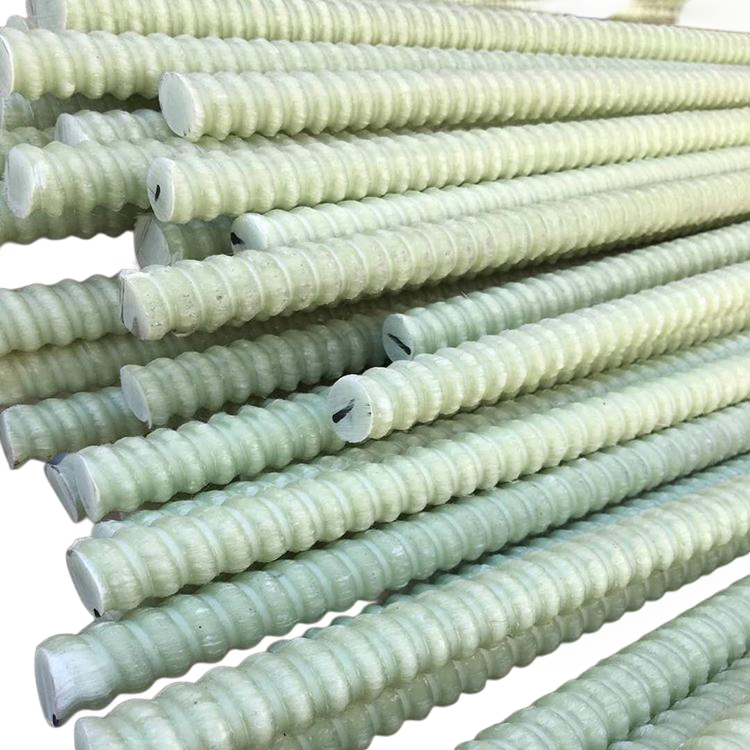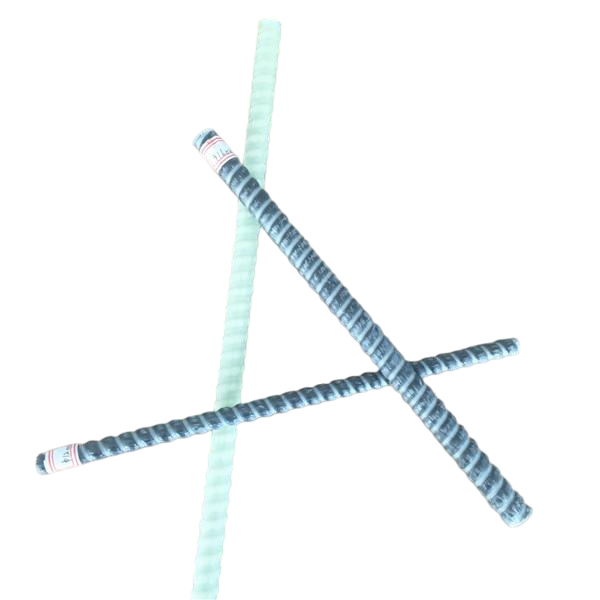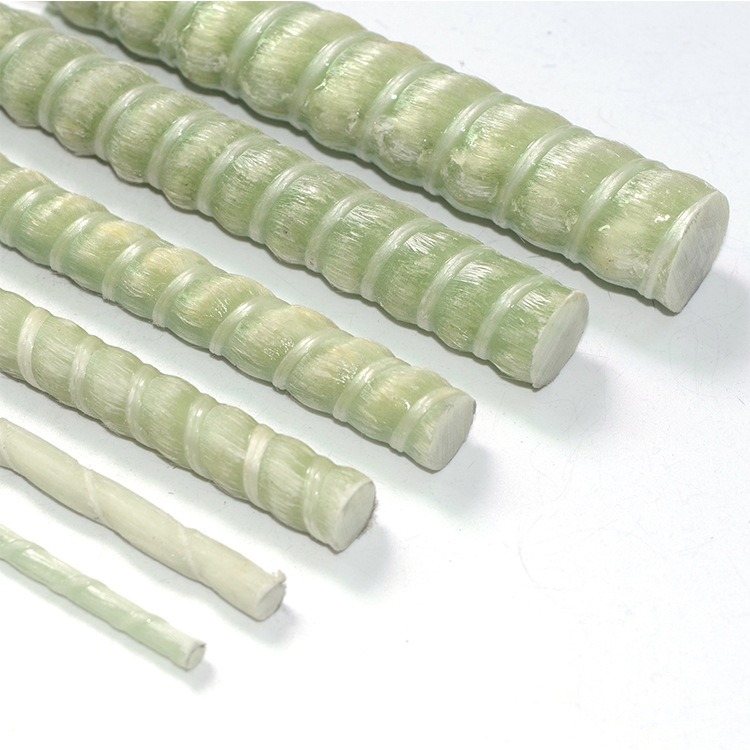Introduction
The construction industry is at the cusp of significant transformation, driven by the need for sustainable, durable, and cost-effective materials. Traditional construction materials, such as steel and concrete, have dominated for decades but come with limitations, including susceptibility to corrosion, heavyweight, and high maintenance costs. In this evolving landscape, Glass Fiber Reinforced Polymer (GFRP) bolts have emerged as a revolutionary alternative, offering superior properties that address many of the challenges faced by conventional materials. The integration of GFRP Bolt technology is poised to redefine construction methodologies, promising enhanced performance and sustainability.
Advancements in GFRP Bolt Technology
Over the past few decades, advancements in composite materials have led to significant improvements in GFRP bolt technology. Innovations in resin matrices, fiber architectures, and manufacturing processes have resulted in bolts with enhanced mechanical properties, greater durability, and improved cost-effectiveness. The development of thermosetting resins with higher thermal stability and chemical resistance has expanded the application range of GFRP bolts in challenging environments.
Mechanical Strength and Durability
Mechanical strength is a critical factor in the selection of construction materials. GFRP bolts exhibit high tensile strength, often exceeding that of equivalent steel bolts, while maintaining a fraction of the weight. The specific strength (strength-to-weight ratio) of GFRP bolts is remarkably high, facilitating the design of structures that are both strong and lightweight. This advantage is particularly beneficial in applications where weight reduction is crucial, such as in high-rise buildings and long-span bridges.
Laboratory tests have demonstrated that GFRP bolts can achieve tensile strengths of up to 1,000 MPa, depending on the fiber content and orientation. Additionally, fatigue resistance is enhanced due to the composite nature of the material, which distributes stress more evenly across the fibers.
Corrosion Resistance and Environmental Stability
One of the most significant advantages of GFRP bolts is their resistance to corrosion and environmental degradation. Unlike steel, GFRP does not rust when exposed to moisture, chemicals, or salt-laden air. This property extends the service life of structures, particularly in marine or industrial environments where corrosion is a pervasive problem.
A field study conducted on coastal structures in Florida evaluated the performance of GFRP bolts over a ten-year period. The results indicated no significant loss in mechanical properties, whereas steel bolts showed signs of corrosion and required maintenance interventions. This underscores the long-term reliability of GFRP bolts in harsh conditions.
Thermal and Electrical Insulation Properties
GFRP bolts possess excellent thermal insulation properties, making them suitable for applications where thermal bridging must be minimized. This is particularly important in energy-efficient building designs aiming to reduce heat loss. Furthermore, GFRP is electrically non-conductive, which is advantageous in structures where electrical insulation is necessary for safety or functional reasons, such as in power substations or railway systems.
Applications of GFRP Bolts in Modern Construction
The unique properties of GFRP bolts have led to their incorporation in a variety of construction projects, ranging from civil infrastructure to specialized industrial applications. Their adaptability and performance advantages make them suitable for both new constructions and the rehabilitation of existing structures.
Bridge Construction and Rehabilitation
In bridge construction, GFRP bolts are increasingly used to mitigate the maintenance issues associated with steel corrosion. For instance, the Joffre Bridge in Quebec, Canada, utilizes GFRP bolts in its deck reinforcement. The use of GFRP components in this project resulted in a 10% reduction in overall weight and is expected to extend the life of the bridge by at least 20 years compared to traditional steel-reinforced designs.
Moreover, GFRP bolts are instrumental in seismic retrofitting. Their high strength and flexibility can enhance the resilience of bridges in earthquake-prone areas.
Tunnel and Underground Construction
In tunnel construction, GFRP bolts serve as rock bolts or soil nails, providing support and stabilization of excavated spaces. Their corrosion resistance ensures long-term stability without the need for frequent inspections and replacements. Additionally, in cases where future tunnel expansions are planned, GFRP bolts can be cut through using standard equipment, unlike steel bolts, which require specialized cutting tools.
The GFRP Bolt is particularly advantageous in the construction of subway systems, where electromagnetic interference from steel components can disrupt signaling systems. The non-magnetic nature of GFRP ensures that such interference is minimized.
Marine and Coastal Structures
Marine environments are highly corrosive due to the presence of saltwater and high humidity. GFRP bolts are ideal for piers, docks, and offshore platforms, where they offer prolonged service life and reduced maintenance costs. The Port of Miami, for example, has incorporated GFRP bolts in its infrastructure renovations to combat the aggressive marine environment.
Economic and Environmental Impacts
The economic viability and environmental sustainability of construction materials are increasingly important considerations. GFRP bolts offer benefits in both areas, contributing to long-term cost savings and reduced environmental impact.
Cost-Benefit Analysis
Although GFRP bolts may have a higher initial cost compared to traditional steel bolts—often ranging from 1.5 to 2 times the cost—their durability and low maintenance requirements lead to significant savings over the structure's lifespan. A cost-benefit analysis conducted by the National Cooperative Highway Research Program demonstrated that bridges utilizing GFRP components could save up to 50% in lifecycle costs due to reduced maintenance and longer replacement intervals.
Furthermore, the lightweight nature of GFRP bolts reduces transportation and handling costs, especially for remote or difficult-to-access construction sites. This can result in project cost reductions of up to 5%, according to industry studies.
Environmental Benefits
GFRP bolts contribute to environmental sustainability in several ways. Firstly, their corrosion resistance ensures that structures remain intact longer, reducing the need for repairs and the associated environmental impact of manufacturing new materials. Secondly, the production of GFRP bolts generates fewer greenhouse gas emissions compared to steel production. Life cycle assessments have shown that GFRP production can result in up to 30% less CO2 emissions.
Additionally, the use of GFRP bolts aligns with green building certifications such as LEED, which emphasize the use of durable and sustainable materials. This can enhance the environmental profile of construction projects and contribute to achieving sustainability targets.
Challenges and Future Prospects
Despite the numerous advantages, several challenges hinder the widespread adoption of GFRP bolts. Addressing these issues is crucial for the future growth of GFRP technologies in construction.
Standardization and Regulatory Acceptance
The lack of comprehensive standards and codes for GFRP applications creates uncertainty among engineers and builders. While organizations like the American Concrete Institute (ACI) and the International Federation for Structural Concrete (fib) have developed guidelines, these need broader acceptance and incorporation into national building codes.
Efforts are underway to standardize testing methods and design principles for GFRP bolts. As more data becomes available and successful case studies are disseminated, regulatory bodies are likely to integrate GFRP standards into building codes, facilitating wider adoption.
Material Behavior and Design Considerations
Designing with GFRP bolts requires an understanding of their anisotropic properties and long-term behavior under various loads and environmental conditions. Unlike isotropic materials like steel, GFRP exhibits different strengths and stiffnesses in different directions due to fiber orientations.
Creep and relaxation are also concerns, particularly in high-temperature applications. Ongoing research aims to model these behaviors accurately to inform design practices. The development of advanced simulation tools and predictive models will enhance engineers' ability to design safe and efficient structures using GFRP bolts.
Cost Reduction through Technological Advancements
Reducing the production cost of GFRP bolts is essential for competitive pricing. Technological advancements in manufacturing processes, such as pultrusion and automated fiber placement, can increase production efficiency and reduce costs. Economies of scale will also play a role as demand increases.
Moreover, the development of novel resin systems and the use of recycled fibers can further decrease material costs. Collaborative efforts between industry and academia are crucial to drive innovation in this area.
Conclusion
The adoption of GFRP bolts represents a significant advancement in the construction industry's pursuit of sustainable, durable, and efficient materials. The numerous benefits, including high strength-to-weight ratios, corrosion resistance, and environmental sustainability, position GFRP bolts as a key component in the future of construction. While challenges remain in terms of standardization, cost, and material understanding, the ongoing research and development efforts are poised to overcome these hurdles.
As the industry increasingly recognizes the limitations of traditional materials, the shift towards composites like GFRP is expected to accelerate. The successful integration of GFRP Bolt technology will depend on continued innovation, education, and collaboration among stakeholders. With these efforts, GFRP bolts are set to play a pivotal role in constructing the resilient and sustainable infrastructure of the future.



























